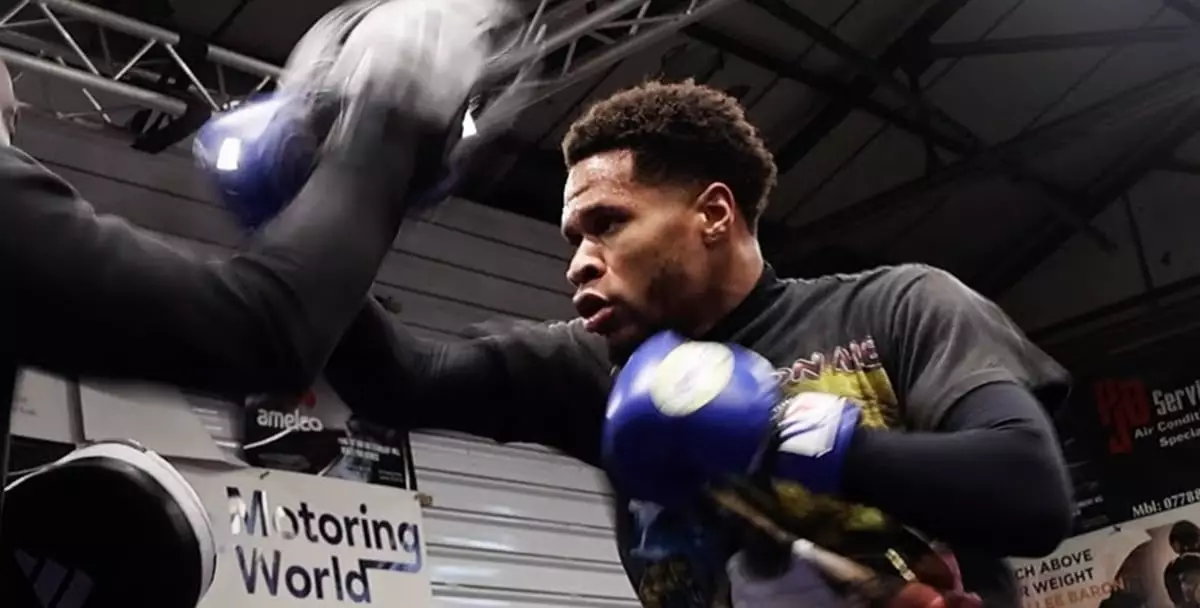Devin Haney’s recent London workout has raised eyebrows, particularly regarding his power and overall speed—key attributes for any successful boxer. Engaging in a session with British trainer Tunde Ajayi, Haney displayed a noticeable sluggishness compared to his pre-layoff form. This disparity is worrisome, especially after his significant bout against Ryan Garcia, which took place almost a year ago at the Barclays Center in Brooklyn. While Haney’s official record remains intact due to the New York State Athletic Commission’s decision to overturn the result to a no-contest, the physical toll from that fight appears to linger. It is unclear whether Haney’s resilience can withstand the pressures that come with defending his undefeated record.
The aftermath of the April 20th bout reveals that Haney may have suffered more than just a hit to his record. As he steps back into the ring, questions loom over his mental and physical capacity. His initial fight against Garcia not only consumed valuable time but seems to have extracted a portion of Haney’s edge in speed and power. The evident lack of improvement in those areas poses a critical question about his ability to compete at elite levels going forward. Although a significant match in 2025 against Garcia has been indicated, the concerns about Haney’s current form may dictate the success of any future encounters.
In light of these concerns, Haney has also hinted at a more tactical approach to his comeback. With a potential catchweight bout being floated—suggested ranges between 143 and 144 pounds—the strategic choice of an opponent is crucial. Haney expressed the importance of selecting a fighter with lesser punching power to mitigate the risks involved, especially given his uncertain punch resistance after Garcia’s impactful blows. This careful matchmaking could make or break his upcoming fight, and the need for a revival is palpable.
Haney’s discussions with Turki Al-Sheikh present an interesting subplot to his return. With the possibility of fighting under Al-Sheikh’s banner contingent on a better financial offer than what he has received from rival promoters, the implications for Haney’s career trajectory are significant. Known for curating competitive matches, Al-Sheikh might also be open to less challenging opponents, offering Haney a financially lucrative opportunity that could help him regain confidence in the ring. The choice he makes regarding his next opponent will be crucial—not only for his records but mainly for his perceived standing in the boxing world.
As Haney prepares for this next chapter, he remains bullish about his prospects. Proclaiming potential fights at 140 pounds is indicative of his willingness to adapt to his evolving physicality while still aiming high. The sentiment of returning to the ring seems unwavering, even though concrete plans remain tenuous. His commitment to compete, paired with caution over his performance capabilities, exemplifies the precarious balance many athletes face during their careers. In moving forward, Haney’s ability to reclaim his position as a serious contender will heavily weigh on not just his choices in matchups but also on how he addresses his slow recovery from the physical strains of his previous encounters.

